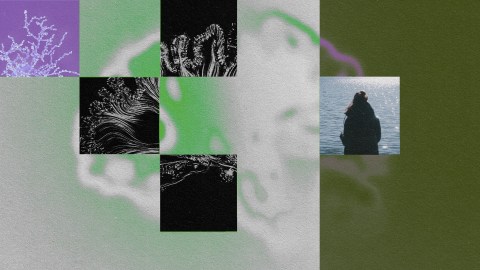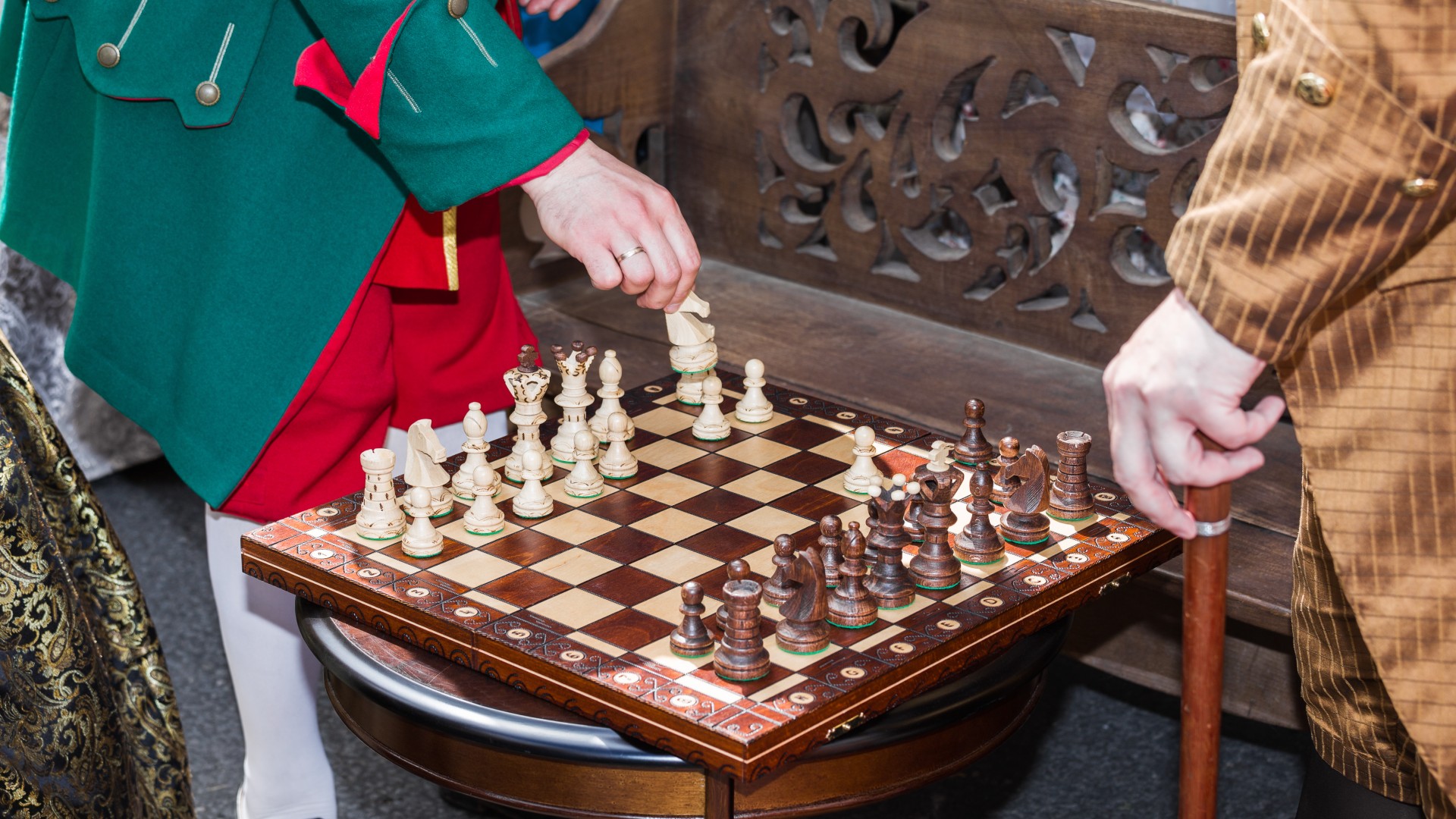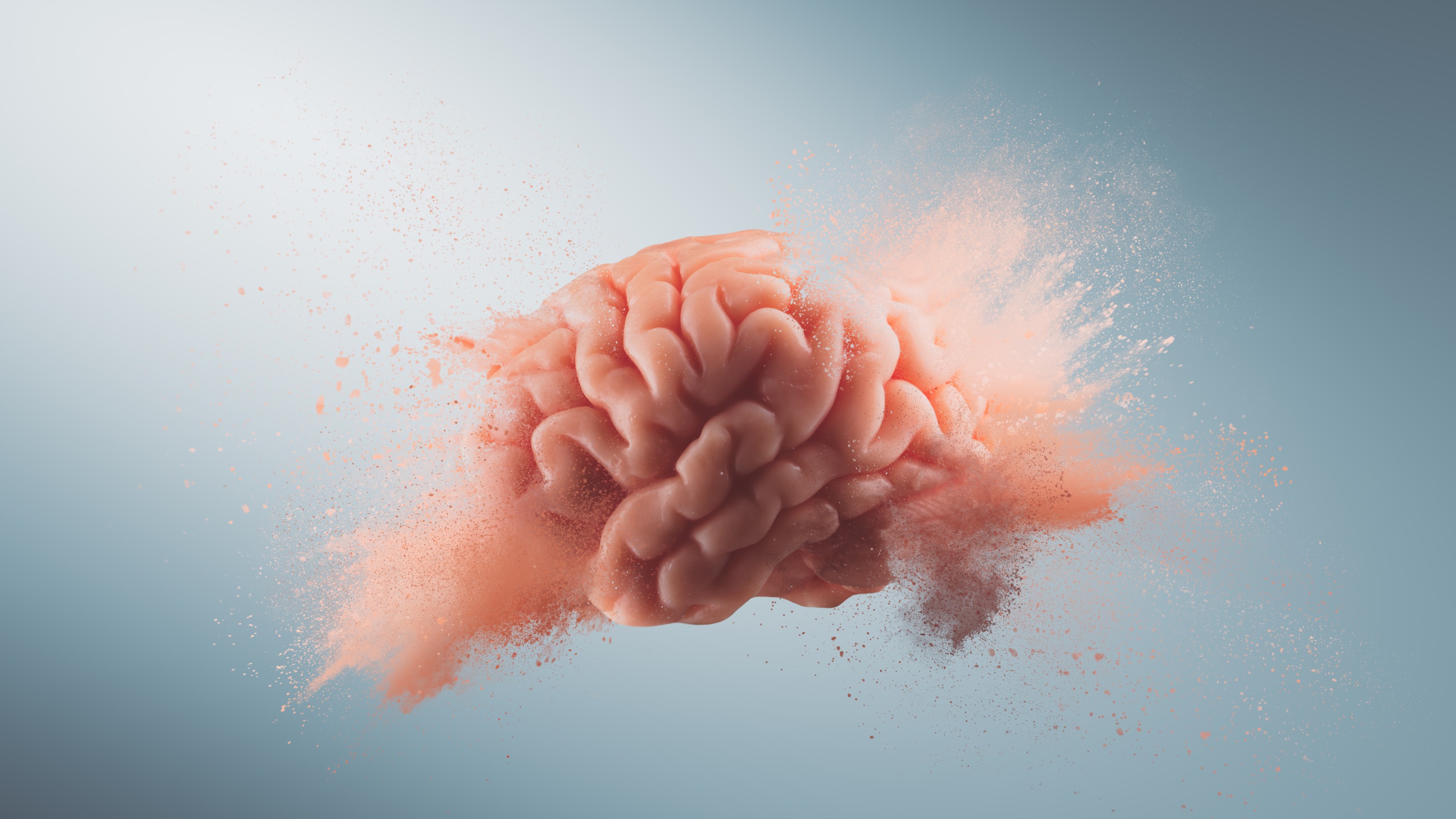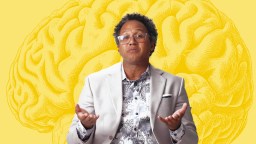Want to remember more? Memorize less.

- It’s now common knowledge that people’s memories can only hold seven or so pieces of information at a time.
- However, chunking is a memory loophole that allows us to compress large amounts of information into manageable pieces.
- People who seem to have extraordinary memories, such as expert chess players, really use chunking to recognize familiar patterns and sequences.
In 1956, George Miller, one of the founders of the then nascent field of cognitive psychology, wrote a rather peculiar paper. Perhaps indicative of the mores of the time, the paper starts off with a zany, sardonic paragraph that is a far cry from the kind of dry, soulless, prosaic prose that journal editors and cranky reviewers force us to write today:
“My problem is that I have been persecuted by an integer. For seven years this number has followed me around, has intruded in my most private data, and has assaulted me from the pages of our most public journals. … There is, to quote a famous senator, a design behind it, some pattern governing its appearances. Either there really is something unusual about the number or else I am suffering from delusions of persecution.”
Despite the bizarre tone of the introduction, Miller’s paper became a classic because it established a fundamental point about memory that has been validated time and again: The human brain can only keep a limited amount of information in mind at any given time.
Miller used the humorous metaphor of persecution at the hands of an integer to draw attention to his conclusion that we can keep in mind only about seven items. More recent estimates suggest that Miller was too optimistic and that we can keep up to only three or four pieces of information in mind at once. This limitation of memory helps to explain why, when a website spits out a random series of letters and numbers for a temporary password — say JP672K4LZ — you’ll forget it almost instantly if you don’t write it down. Professional memory athletes face the same limitation as everyone else, but they get around the problem by exploiting a huge loophole: There is no set definition for what constitutes one piece of information. Chunking allows us to compress massive amounts of data into a manageable amount of information that is easily accessible.
Though you might not be consciously aware of it, you’re already using chunking in everyday learning and remembering. For example, if you’re a U.S. citizen, you have likely committed to memory your nine-digit Social Security number. What makes this sequence of numbers relatively easy to remember is that it’s broken down into three memorable chunks — a predictable three-two-three pattern. In the United States, we also remember ten-digit phone numbers (a three-three-four pattern) in a similar way. By grouping those numbers, we reduce the amount of information our brains have to work with by two-thirds.
Acronyms (e.g., HOMES for the names of the Great Lakes of North America) and acrostics (phrases such as Please Excuse My Dear Aunt Sally for the order of operations in mathematical expressions) follow a similar principle, tying otherwise difficult-to-remember information to simple concepts we can easily grasp. Even that randomly generated, meaningless string of letters and numbers becomes a far more manageable password when you chunk it to JP6- 72K- 4LZ.
Some of the most compelling research on chunking was done in the 1970s by Herb Simon, a psychologist at Carnegie Mellon University and pioneer in the nascent field of artificial intelligence. Simon made contributions to many fields, including work in economics that netted him the Nobel Prize in 1978, but to me, his most interesting research was about chess. Simon first became interested in the 1950s in developing computer algorithms to simulate how humans solve problems, and he used chess as the ultimate challenge to solve.
Viewed through the eyes of a novice player, chess can seem intimidating in its complexity. As the game begins, each player has eight pawns, two bishops, two knights, two rooks, one queen, and one king moving around a grid of sixty-four alternating light and dark squares. Looking at the board, beginners might struggle just to keep track of the locations of all their pieces. In contrast, a grand master — a title given only to the most elite players of chess — can quickly take in the configuration of pieces on a board, recognizing and responding to familiar patterns and sequences. As a result, a beginner struggles with each move, but the grand master can cut through the clutter and anticipate an entire sequence of moves that has yet to play out.
When Simon studied chess experts, he found that they could look at a set of pieces on a board for only a few seconds and then reproduce the positions of every piece from memory. However, when they were asked to recall the locations of chess pieces placed in random positions that violated the rules of chess, their memory performance cratered to the level of amateurs. These results suggest that chess grand masters do not have extraordinary memory abilities; rather, they rely on the knowledge of predictable patterns and sequences they have accrued across many situations that one would experience in a typical chess game. Like memory athletes, chess grand masters use a combination of skill, training, and experience — aka expertise — to chunk at lightning speed.

In 2004, as my research branched out into multiple areas, I became interested in how expertise changes the way we learn and remember. Most, if not all, of us have some kind of expertise — bird lovers might have the ability to rapidly identify various bird species, whereas car enthusiasts can immediately recognize the year, make, and model of a classic car. At the time, most neuroscientists believed that expertise emerges through changes in sensory areas of the brain.
According to this view, avid birders can tell the difference between dozens of different sparrow types because they perceive subtle variations in wing patterning that would seem barely distinguishable to the untrained eye.
As a memory researcher, I had a different intuition. Knowing that the prefrontal cortex helps us to focus on the distinctive aspects of an event, I suspected that expertise changes the way we mobilize the prefrontal cortex. That idea remained dormant until my graduate student Mike Cohen introduced me to a remarkable undergraduate psychology major named Chris Moore. Working together late into the night, Chris and Mike developed a computer program to generate a series of three-dimensional shapes. These shapes looked a bit like alien spaceships, but followed a fundamental structure and logic, in the same way different bird species or makes of cars have certain features that vary and certain features that are, more or less, constant.
As we gain expertise in any topic, we can exploit what we have learned to focus on the most important bits of new information that we need.
Charan Ranganath
Next, Chris and Mike recruited a group of student volunteers, who, over ten days, became “experts” on these alien shapes, learning to identify the common features among the objects as well as to distinguish the differences between them. After the training, we put them in the MRI scanner to see how this training affected their brains. While we recorded their brain activity, they were briefly shown one of the alien shapes and then asked to keep a mental image of it after it disappeared from the screen. About ten seconds later, they were shown another shape and asked if it was the same as the one they had just seen.
For someone with no training, this test would have been incredibly difficult, but our volunteers performed nearly perfectly. Like Herb Simon’s chess masters, our experts had developed particular ways to extract the most useful information about what they were trying to remember, allowing them to bypass the limitations of memory by leveraging their expertise. However, when we put the shapes upside down and our experts could no longer apply their skills, they found it difficult to tell the alien shapes apart.
As I expected, MRI scans showed that activity in the prefrontal cortex dramatically increased when the students relied on expert skills to keep those alien shapes alive in their memory.
What this tells us is that expertise isn’t just about seeing patterns, it’s about the way we find them. For instance, expert birders don’t just “see” the difference between a song sparrow and a house sparrow, they use their expertise to home in on the most distinctive features of these birds. As we gain expertise in any topic, we can exploit what we have learned to focus on the most important bits of new information that we need.





